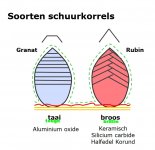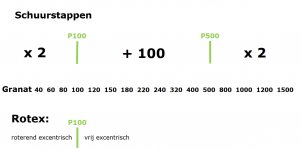onocoffee
Member
I was at a Festool dealer today considering sandpapers. I've been using both the Granat and Granat Net and noticed the display said the Rubin 2 was more aggressive, but how does this change the results in the finer grits, like 120 and up? I figured that 120 is 120 is 120, or no?
How will the sanded finish differ with the Rubin 2 vs Granat?
How will the sanded finish differ with the Rubin 2 vs Granat?


